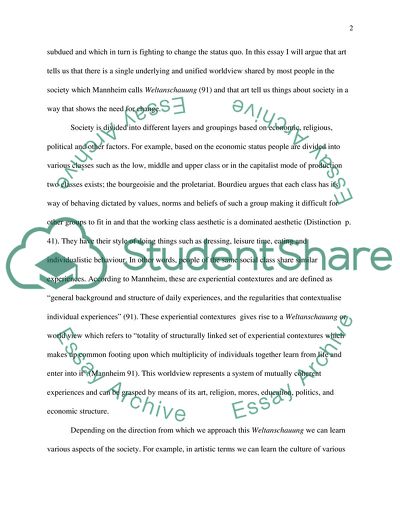Cite this document
(What does Art Tell us About Society Essay Example | Topics and Well Written Essays - 3000 words, n.d.)
What does Art Tell us About Society Essay Example | Topics and Well Written Essays - 3000 words. https://studentshare.org/sociology/1852589-assignment-4
What does Art Tell us About Society Essay Example | Topics and Well Written Essays - 3000 words. https://studentshare.org/sociology/1852589-assignment-4
(What Does Art Tell Us About Society Essay Example | Topics and Well Written Essays - 3000 Words)
What Does Art Tell Us About Society Essay Example | Topics and Well Written Essays - 3000 Words. https://studentshare.org/sociology/1852589-assignment-4.
What Does Art Tell Us About Society Essay Example | Topics and Well Written Essays - 3000 Words. https://studentshare.org/sociology/1852589-assignment-4.
“What Does Art Tell Us About Society Essay Example | Topics and Well Written Essays - 3000 Words”. https://studentshare.org/sociology/1852589-assignment-4.


